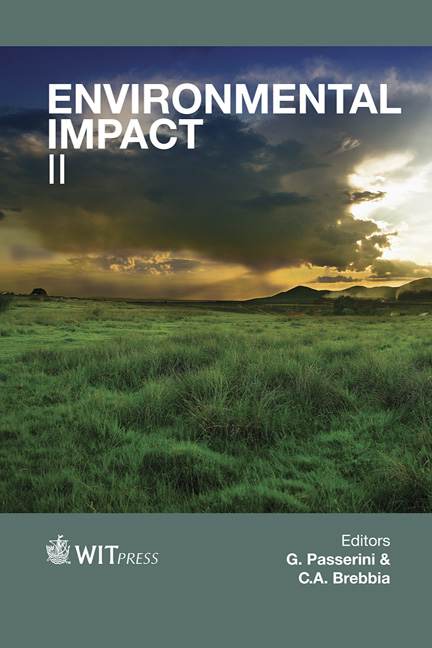Living In \“New Urban Areas”: Towards Sustainable Urban Communities In Hanoi, Vietnam
Price
Free (open access)
Transaction
Volume
181
Pages
12
Page Range
333 - 344
Published
2014
Size
470 kb
Paper DOI
10.2495/EID140291
Copyright
WIT Press
Author(s)
T. Duy Luan
Abstract
Under the impacts of the socio-economic transition in Vietnam in the last decades, residential patterns in Hanoi, the capital city of Vietnam, have substantially changed from the ‘Collective Living Quarter’ (KTT) which embodied the old socialist period to the \“New Urban Area” (NUA); a new type of large scale urban development promoted since the late 1990s. Hundreds of such NUAs have spread over Hanoi, mostly in the outskirts. Lacking social infrastructure, having a bad connection to the city centre and lacking public services, many NUAs run the risk of becoming merely ‘sleeping’ townships without the vibrant urban life which is characteristic for the older parts of Hanoi. Housing costs in these areas are also too high for the average Vietnamese. Based on a recent survey, the paper presents an analysis that there is an imbalance between the built environment and social organization in the NUAs in Hanoi at the present time. On the one hand, the residents are not happy with inadequate public services, housing quality, as well as unprofessional management manner; on the other hand, the residents are happy with the improved living environment compared to what they had before in the old KTTs and intend to live permanently in the chosen NUAs. Most interestingly, the traditional community spirit observed in the old KTTs can actually be found in the NUAs. The paper concludes that despite the shortcomings in the built environment and management, there is a high potential for social and community cohesion in the NUAs. The community spirit among the residents is likely to have the power to transform these areas into vibrant urban spaces. Keywords: residential pattern, collective living quarter, new urban area, Hanoi, sustainable community.
Keywords
residential pattern, collective living quarter, new urban area, Hanoi, sustainable community.





